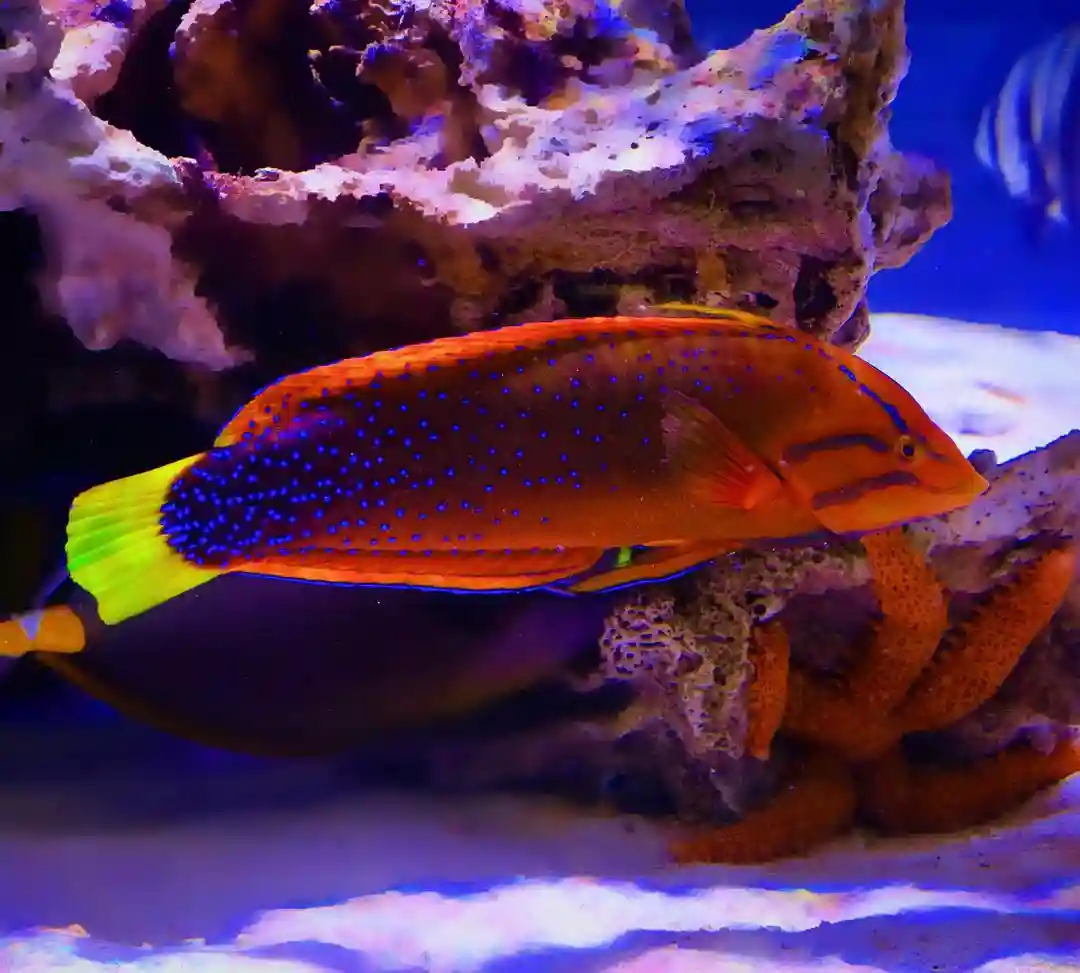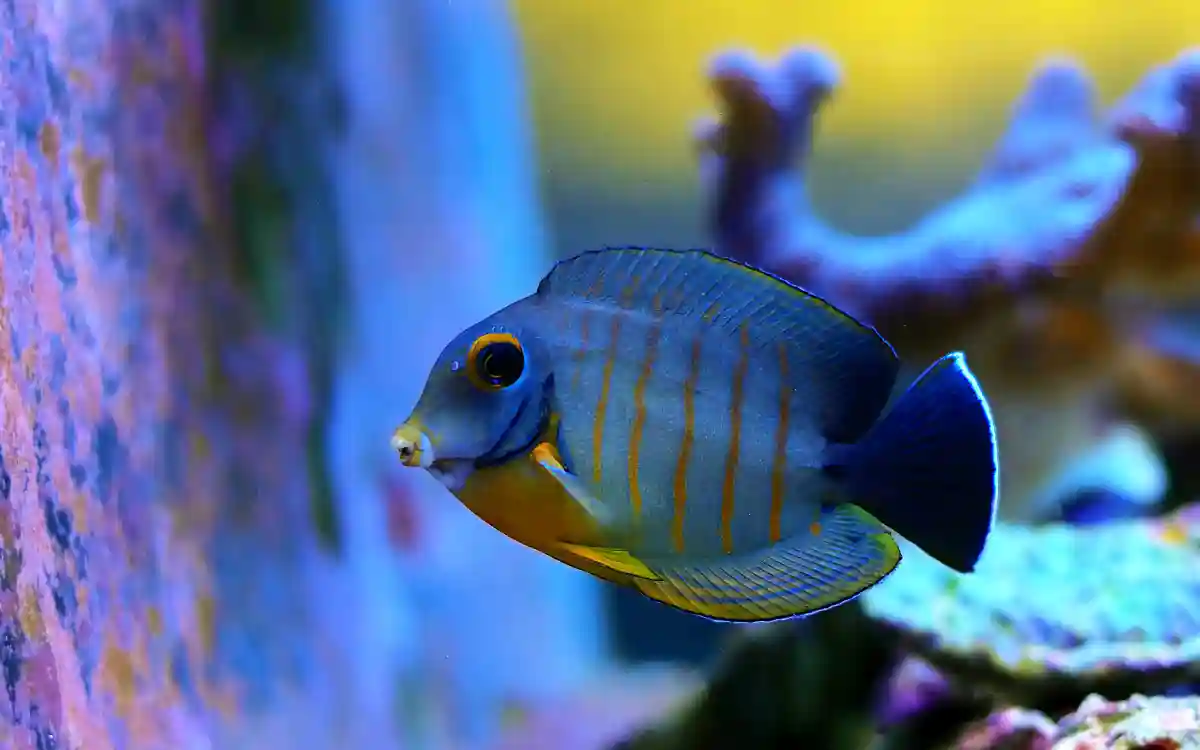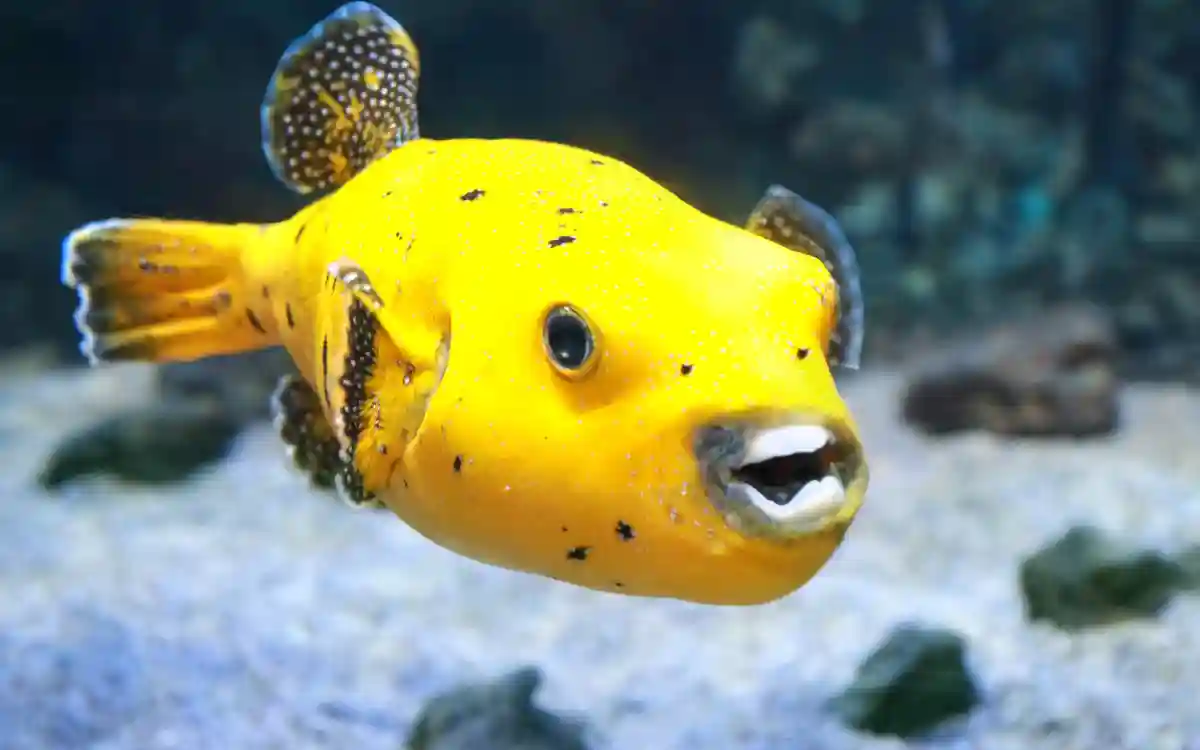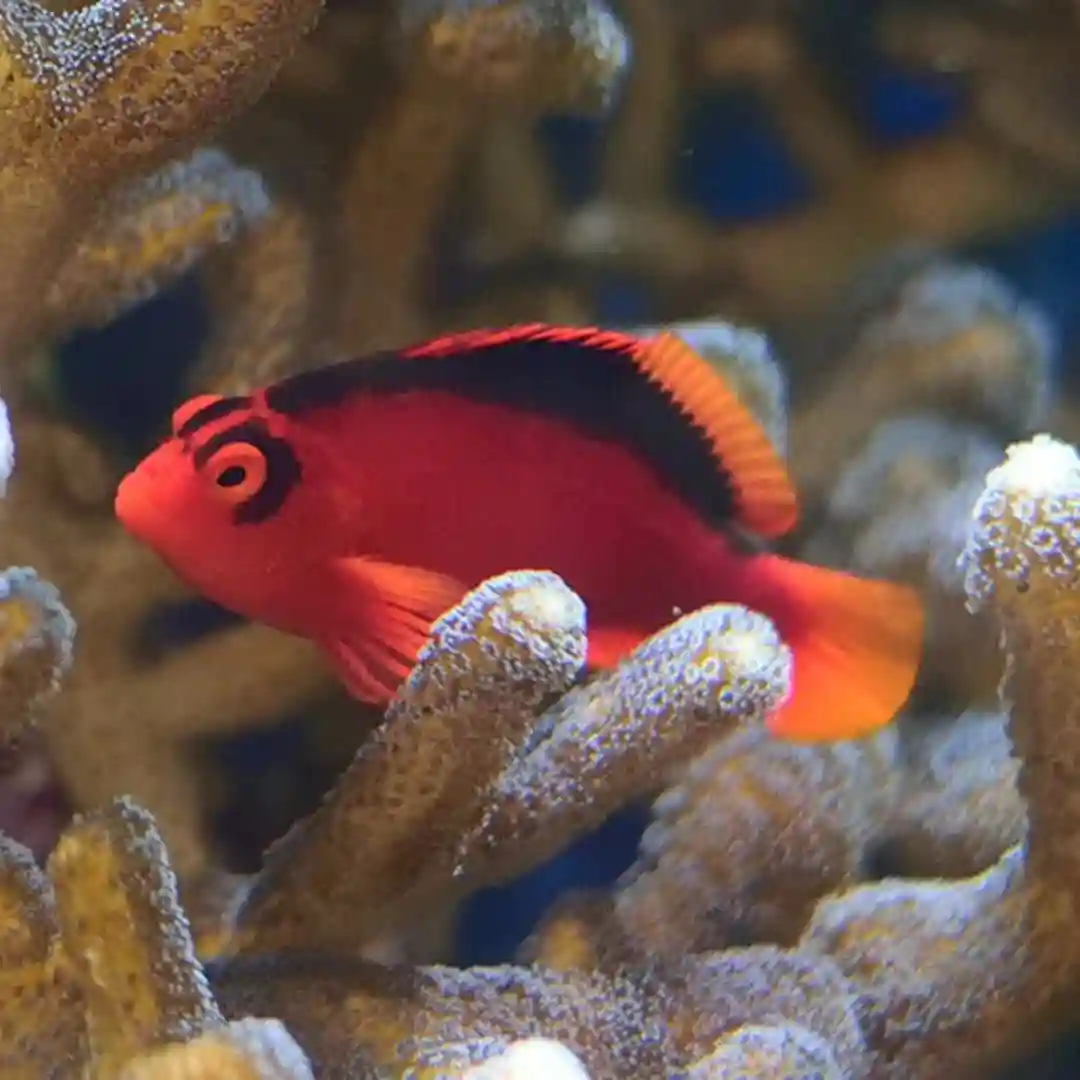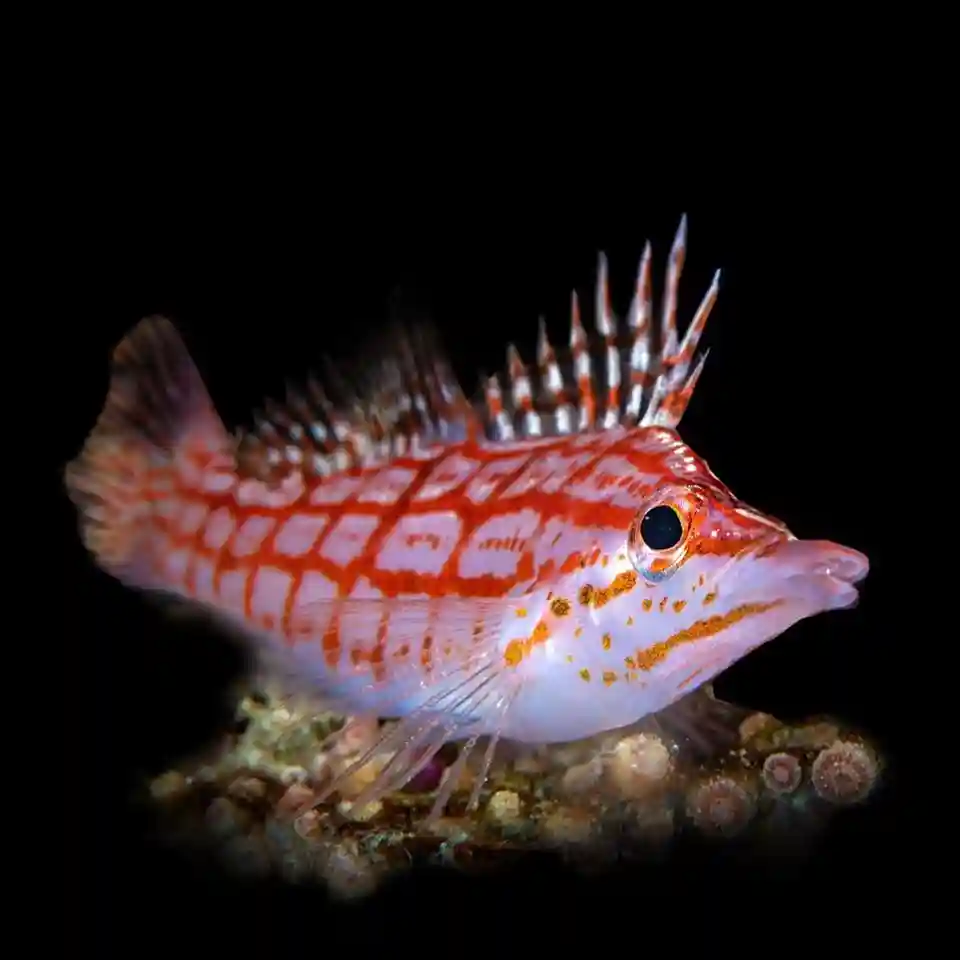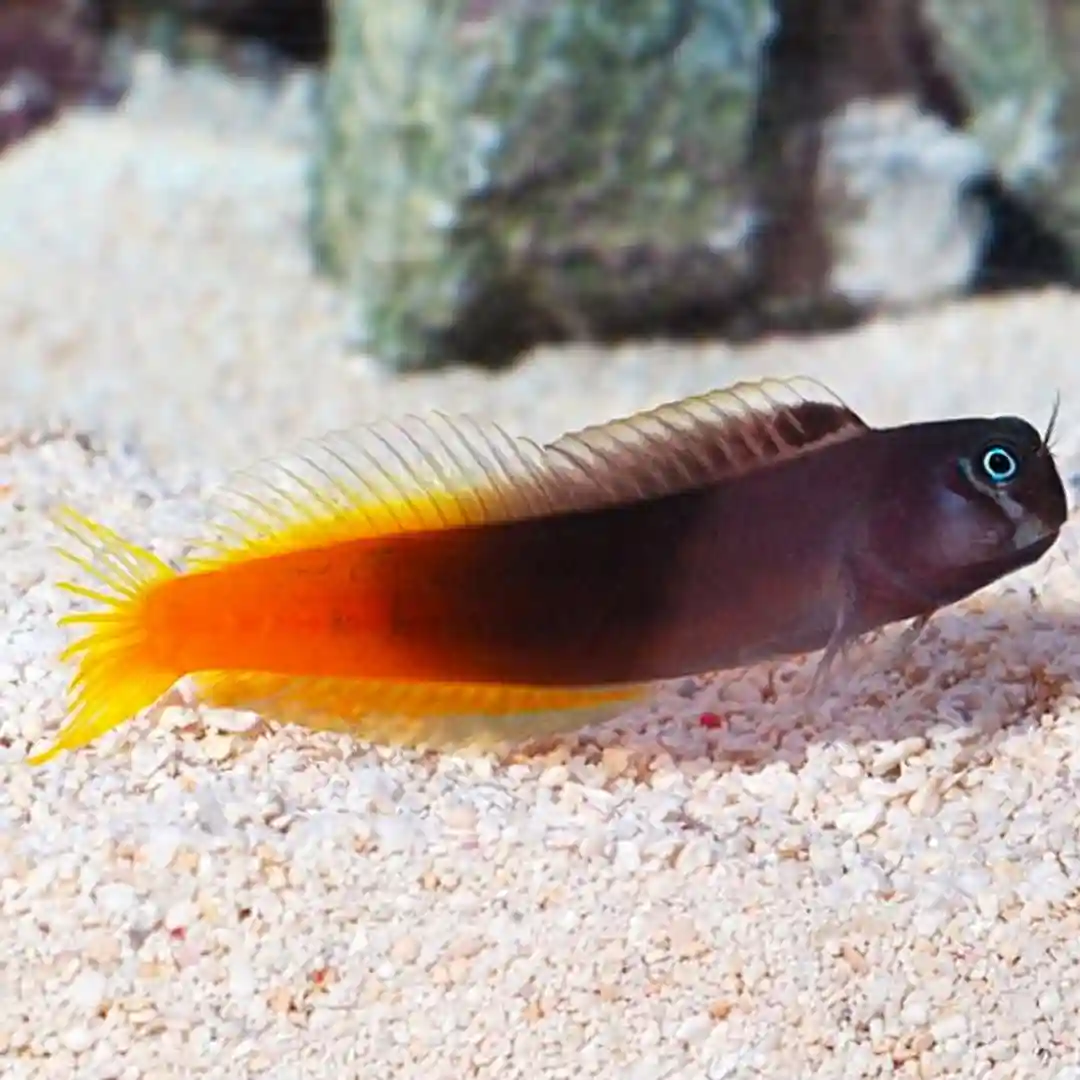Copperband Butterflyfish 101: Feeding, Lifespan, and Tank Tips
The Copperband Butterflyfish (Chelmon rostratus) is one of the most graceful and eye-catching fish in the saltwater hobby. With its long snout, bold vertical stripes, and peaceful temperament, it’s a favorite among experienced reef keepers. But behind its beauty lies a challenge it’s known for being difficult to feed and sensitive to change. In this care guide, you’ll learn what it takes to keep a Copperband Butterflyfish thriving, from diet and tank mates to reef compatibility and long-term care.
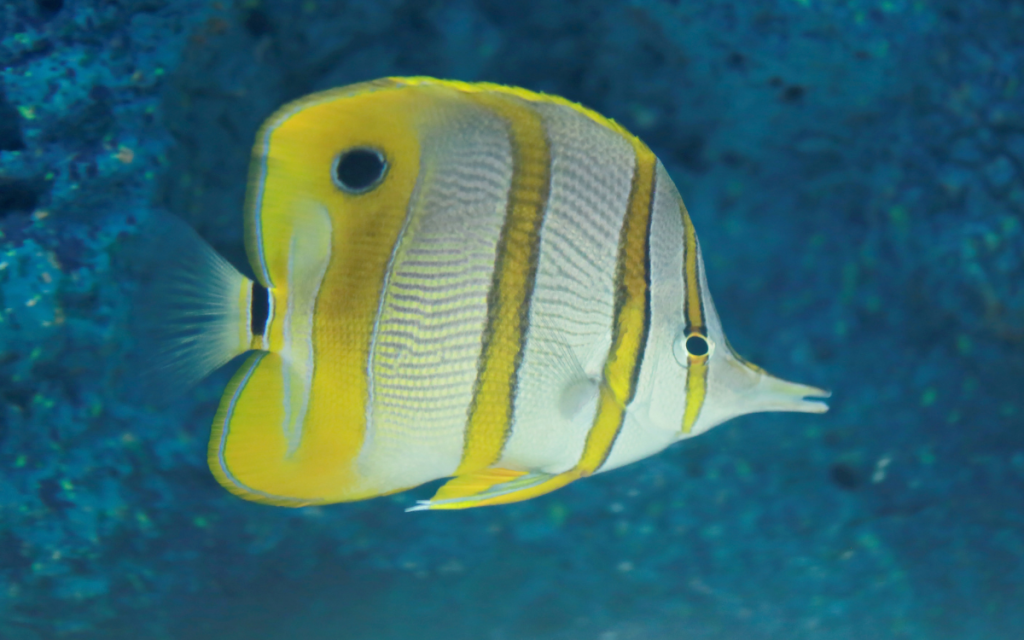
Quick Species Profile
| Trait | Details |
| Common Name | Copperband Butterflyfish |
| Scientific Name | Chelmon rostratus |
| Origin | Indo-Pacific |
| Size | Up to 8 inches |
| Lifespan | 4–7 years in captivity |
| Temperament | Peaceful |
| Diet | Carnivorous |
| Tank Size | Minimum 75 gallons |
| Reef-Safe | With caution |
| Care Level | Advanced |
Appearance and Natural Behavior
This species is easy to recognize with its long, slender snout and copper-orange vertical bands over a silvery-white body. Near the back fin, it has a large eyespot—likely an evolutionary trick to confuse predators.
The Copperband is a methodical swimmer that gracefully glides through the tank, constantly foraging with its snout in crevices and on rocks. It is a shy species, especially when first introduced, and often prefers quieter corners until it feels secure. Once settled, its graceful movements and peaceful behavior make it a favorite for display tanks.
Tank Size and Setup Requirements
A single Copperband Butterflyfish should be housed in a tank of at least 75 gallons, with more space preferred for long-term success. It needs a mature aquarium with plenty of live rock, which not only provides hiding spots but supports natural feeding behavior.
Open swimming areas are just as important as shelter. A layout that balances caves and open lanes allows the Copperband to exhibit its natural behaviors. Avoid strong flow in feeding zones—gentle to moderate current is ideal.
A mature system is essential because newly introduced Copperbands often graze on pods, tube worms, and sponge growth found on well-established rock. Immature tanks typically lack this food base, which may lead to starvation.
Water Parameters and Quality
Copperband Butterflyfish are sensitive to water fluctuations. You’ll need stable and clean water conditions to keep them stress-free and feeding regularly.
Ideal parameters include:
- Temperature: 72–78°F
- pH: 8.1–8.4
- Salinity: 1.023–1.025 SG
- Ammonia & Nitrites: 0 ppm
- Nitrate: < 20 ppm
Weekly water changes, high-quality filtration, and a well-oxygenated tank are critical. Copperbands are prone to stress-related illness, so keeping conditions constant is half the battle.
Diet and Feeding Challenges
Feeding the Copperband Butterflyfish is where many aquarists struggle. In the wild, it feeds on small crustaceans, tube worms, and Aiptasia anemones. In captivity, encouraging it to eat prepared foods takes patience.
Best foods for beginners to try include:
- Live blackworms
- Live or frozen brine and mysis shrimp
- Enriched frozen seafood blends
- Mashed clam, oyster, or scallop meat
- Specialized butterflyfish frozen formulas
Offer food several times daily in small amounts. Target-feed near the rockwork or use feeding clips to hold soft food in place. Try soaking food in garlic or fish attractants to stimulate appetite.
Many keepers report success after gradually weaning their Copperband onto frozen and prepared foods. Until then, live food may be necessary to keep it nourished.
If you notice weight loss or a sunken belly, act quickly—malnutrition is the number one reason this species fails in home aquariums.
Read also: Fairy Wrasse Care: Feeding, Mates & Reef Guide
Compatibility and Tank Mates
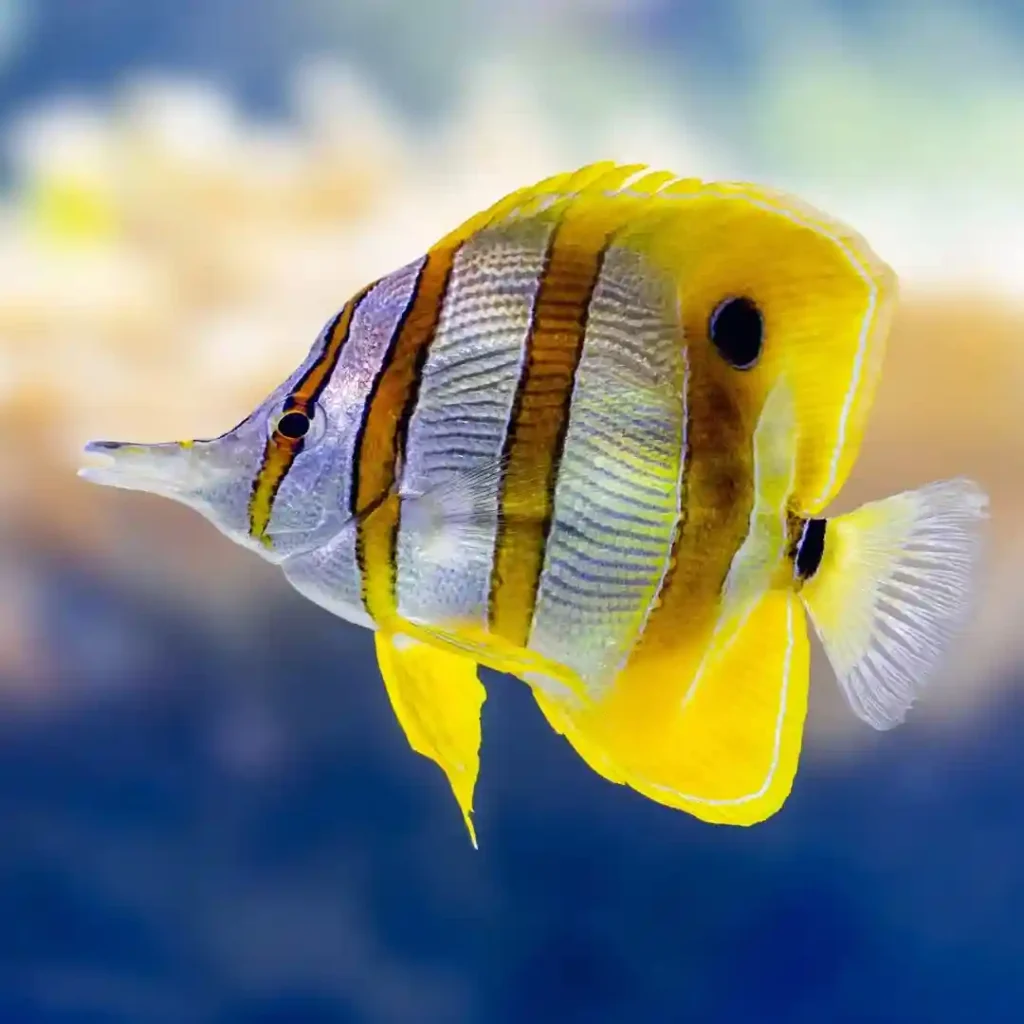
Copperbands are peaceful and should be housed with gentle, non-competitive fish. Aggressive eaters or territorial tank mates may stress them and outcompete them during feeding.
Good companions include:
- Clownfish
- Firefish
- Gobies
- Royal Gramma
- Small tangs like the Kole or Yellow Tang
Avoid triggers, dottybacks, puffers, or large wrasses. Other butterflyfish should only be housed with a Copperband in tanks over 120 gallons and added at the same time to reduce territorial disputes.
These fish are not dominant, so placing them in a calm, balanced community is key to helping them feel safe enough to eat and settle.
Reef Safety: Will It Nip Corals?
Copperband Butterflyfish are considered reef-safe with caution. They are not known to destroy coral colonies, but they may pick at soft coral polyps, feather dusters, and fleshy LPS species—especially if underfed.
Many hobbyists use Copperbands specifically to control Aiptasia, as they are one of the few fish that reliably eat this invasive anemone. In mixed reefs, they do best when well-fed and surrounded by mature coral that can handle occasional picking.
If you keep prized LPS or ornamental inverts, observe the fish carefully for nipping behavior. In FOWLR (Fish Only With Live Rock) tanks, this species is completely safe.
Read also: Purple Firefish 101: Care, Diet, Tank Mates & Reef Safety
Lifespan and Long-Term Success
Copperbands can live 4–7 years in captivity, with many failing in the first 6 months due to feeding issues or poor acclimation.
Long-term success depends on:
- Stable, clean water
- A peaceful tank environment
- Regular, successful feeding
- Avoiding competition at mealtimes
Once established and eating regularly, Copperbands become hardy and peaceful members of the tank. Using an automatic feeder for multiple small feedings can help keep them healthy, especially if you’re away during the day.
Common Health Issues
Starvation is the most common and serious issue. Others include:
- Marine ich
- Flukes
- Bacterial infections
- Stress-related hiding or inactivity
Look out for a hollow belly, color fading, or refusal to eat. These are urgent red flags.
Quarantine all new fish before adding them to the display tank. Because Copperbands can be sensitive to medications, treat illnesses with care and consult a marine vet if needed. Medicated food is often better tolerated than copper-based medications.
Good oxygenation, stable salinity, and avoiding bullying tank mates all play a role in prevention.
FAQs
Why is my Copperband not eating?
It may be stressed or unfamiliar with captive food. Try live blackworms or brine shrimp, and target-feed near their hiding spot.
Is it a beginner fish?
No, it’s best suited for experienced hobbyists due to its feeding challenges and sensitivity.
Will it eat Aiptasia?
Yes, many Copperbands are effective natural predators of Aiptasia anemones.
Can it live in a reef tank?
Yes, but with caution. Avoid placing it with delicate LPS, feather dusters, or ornamental worms unless you’re monitoring closely.
Can I keep two Copperbands together?
Only in tanks over 120 gallons, and even then, it’s best to add them at the same time.
Final Thoughts
The Copperband Butterflyfish is one of the most elegant and rewarding saltwater species to keep—when done right. Its peaceful nature, striking appearance, and ability to help manage pests like Aiptasia make it a valuable addition to large, mature reef or FOWLR tanks. But success depends on patience, proper setup, and consistent feeding. If you’re willing to invest the time and attention, a healthy Copperband will reward you with beauty and grace for years to come.

